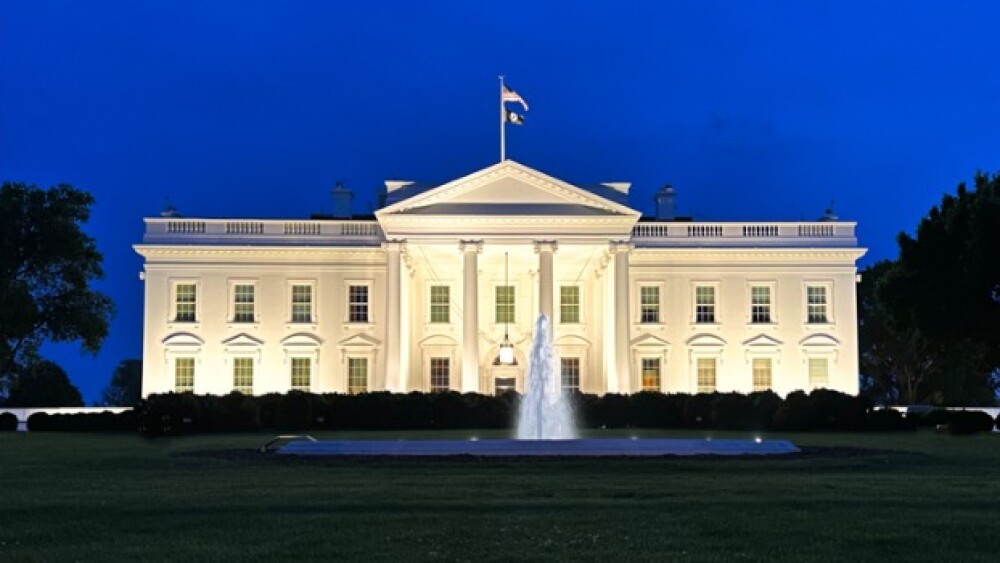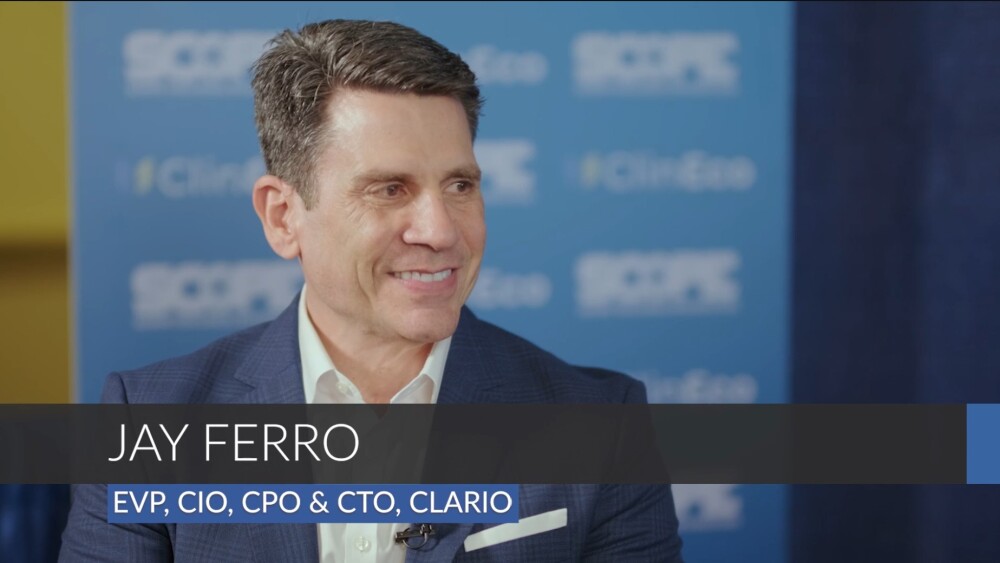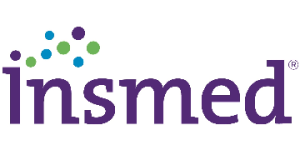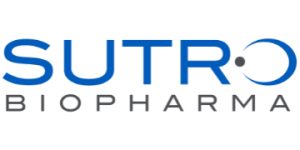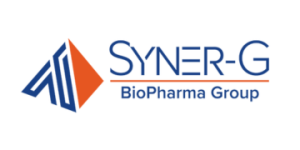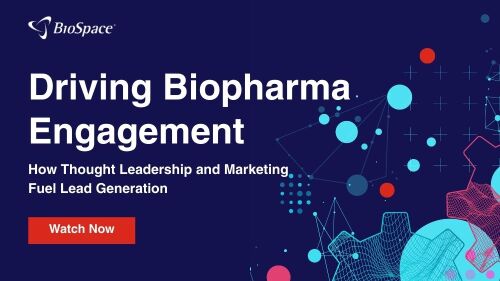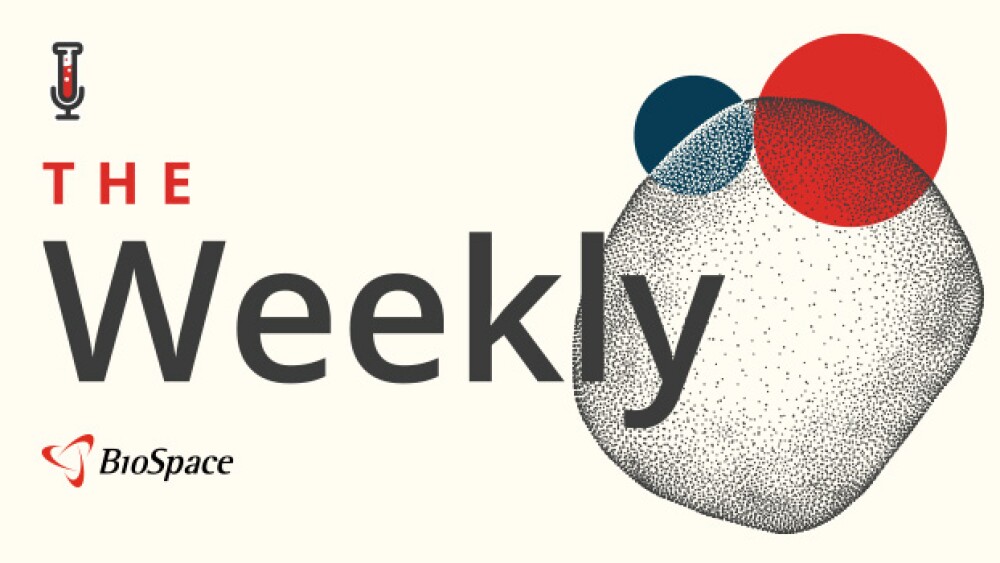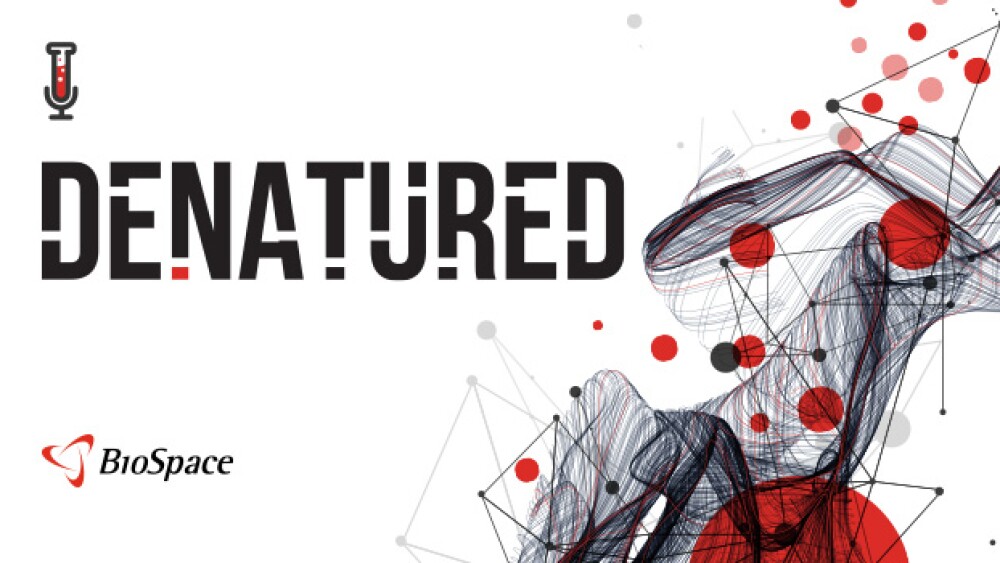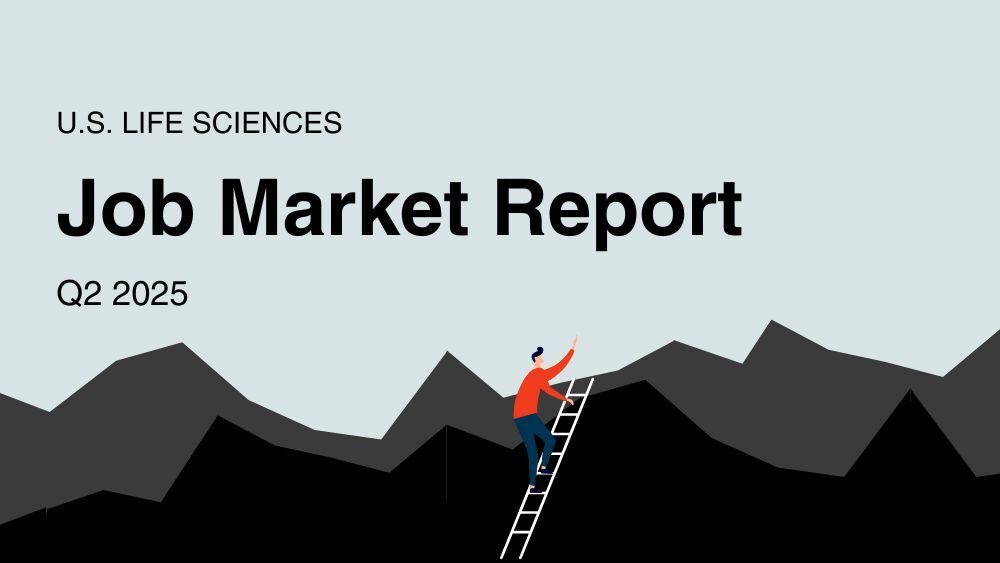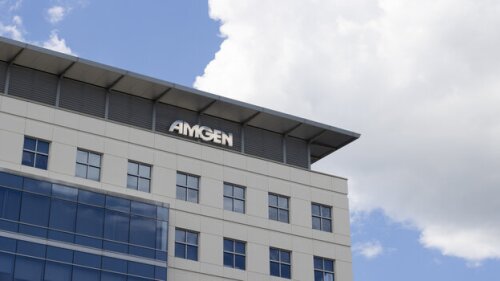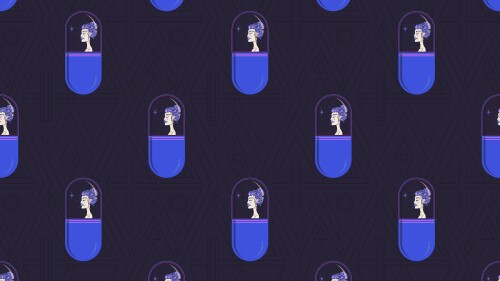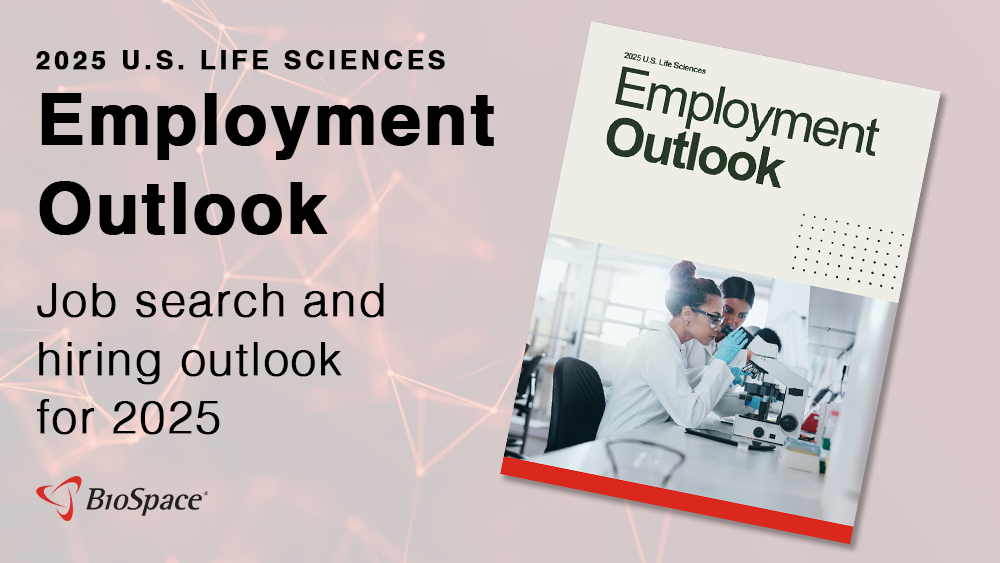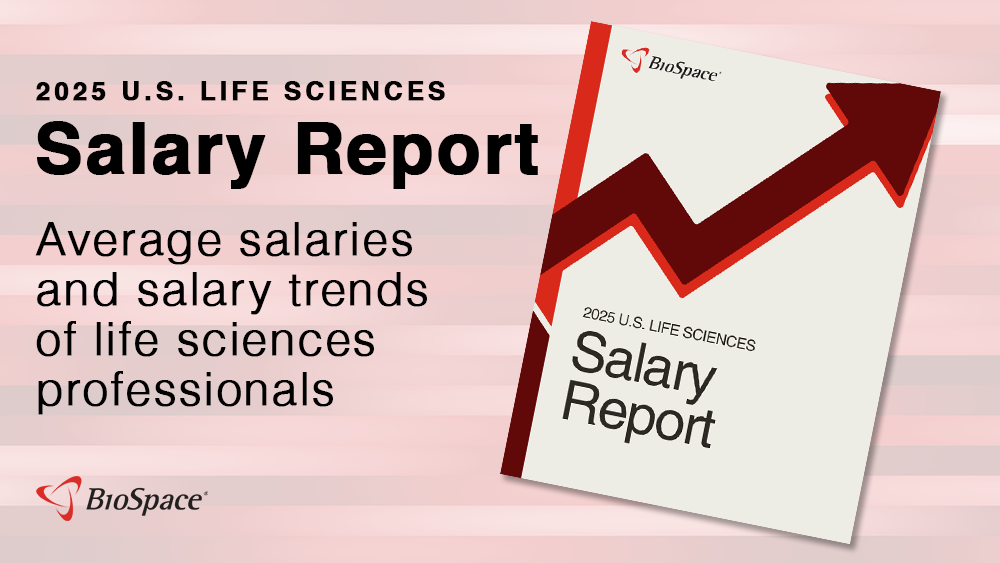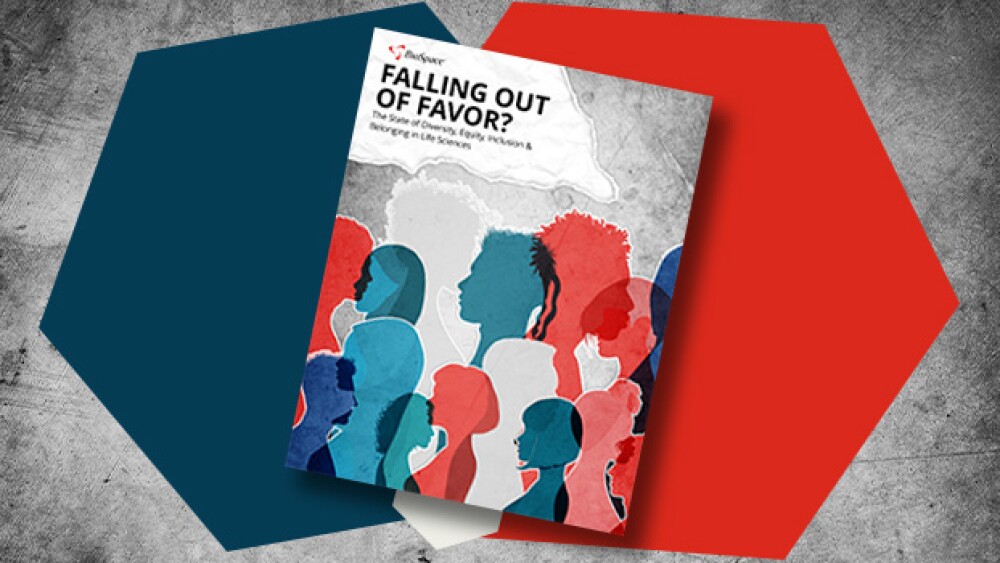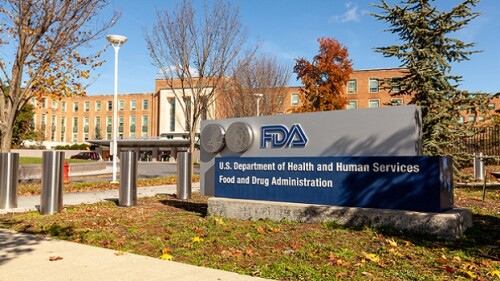From tariffs to drug pricing to the FDA, biopharma CEOs find themselves pulled into policy discussions on this year’s second quarter earnings calls.
George Tidmarsh takes over temporarily at CBER following Vinay Prasad’s abrupt departure; Replimmune trial leaders protest rejection reportedly driven by FDA’s top cancer regulator Richard Pazdur; Merck’s $3 billion savings push claims 6,000 jobs; and Pfizer CEO Albert Bourla addresses President Donald Trump’s new threats around Most Favored Nation drug pricing.
The regulatory environment is placing extreme pricing pressure on pharmaceutical manufacturers. Their success in the market depends on mounting an agile response.
Albert Bourla confirmed that he called President Donald Trump after receiving a letter asking Pfizer and a clutch of other pharmaceutical companies to lower drug prices or face consequences.
BMN 390 fell short of an immunogenicity threshold that BioMarin was looking for to support its further development. Employees working on the program have been redeployed within the company.
The number of biopharma professionals let go has increased year over year for three straight months. In July, as many as 8,000 people lost or were projected to lose their jobs, due largely to news that Merck projects to cut roughly 6,000 employees as part of a multiyear process.
FEATURED STORIES
COUR Pharmaceuticals has been around a while, but not until last year did the company solidify behind its ultimate mission with a series A raise.
The hammer came down on an unspecified number of FDA employees this weekend, days after Robert F. Kennedy Jr. was confirmed as HHS Secretary.
Continuing our SCOPE 2025 coverage, Rohit Nambisan, CEO at Lokavant addresses not only current challenges, but the life sciences industry’s responsibility to maintain scientific integrity.
After the rejection of Lykos Therapeutics’ MDMA-based PTSD treatment tempered excitement for psychedelic therapeutics, a recent approval and positive data are generating new momentum, which experts expect to continue throughout 2025 and 2026.
Biopharma doubles down on immunology and inflammation as companies target new pathways and seek to improve on current options in inflammatory bowel disease, atopic dermatitis, myasthenia gravis and more.
Jay Ferro, EVP, CIO, CPO & CTO at Clario discusses safety, trust and what keeps him up at night.
LATEST PODCASTS
This week’s news ranged from BioSpace’s on-the-ground updates from DIA to safety concerns in clinical trials to BIOSECURE Act updates to new projections that the GLP-1 market could top $100 billion within 10 years.
BioSpace’s Lori Ellis and Chantal Dresner bring live updates from the first day of #DIA2024 in San Diego.
This week, an FDA adcomm unanimously voted for the approval of Eli Lilly’s anti-amyloid antibody as thousands of layoffs continue to rattle the industry.
Job Trends
Looking for research associate jobs in the biopharma industry? Check out these five top companies hiring life sciences professionals like you.
Subscribe to Genepool
Subscribe to BioSpace’s flagship publication including top headlines, special editions and life sciences’ most important breaking news
SPECIAL EDITIONS
In this deep dive, BioSpace explores the next big thing in obesity.
BioSpace did a deep dive into biopharma female executives who navigated difficult markets to lead their companies to high-value exits.
BioSpace data show biopharma professionals faced increased competition for fewer employment opportunities during the second quarter of 2025, with increased pressure from further layoffs.
DEALS
-
Akebia Therapeutics on Thursday said it regained full U.S. rights to its chronic kidney disease anemia drug Vafseo, which the biotech has priced at around $15,500 per year.
-
In its second antibody-drug conjugate licensing agreement this year, Ipsen has secured exclusive rights to Foreseen Biotechnology’s FS001, which targets a novel antigen expressed across a range of solid tumors.
-
Eli Lilly becomes the latest to make a major investment in immunology and inflammation, while antibody-drug conjugate biopharma Myricx Bio nets a large Series A round and new research highlights the potential and possible risks of GLP-1s.
-
After pulling its ALS drug Relyvrio from the market, Amylyx Pharmaceuticals is looking to target the GLP-1 space with the purchase of Eiger BioPharmaceuticals’ avexitide, which has been studied for the treatment of hyperinsulinemic hypoglycemia.
-
The blood plasma pharma is considering a buyout offer from the founding family and asset manager Brookfield, which would delist the company from the Spanish and Nasdaq markets.
WEIGHT LOSS
-
Wegovy is being made available to Chinese patients five months after its approval in the country. Novo will sell the medicine for about $193.27 for a one-month supply.
-
Despite crowding in the next-gen weight loss space, Metsera has raised over $500 million since its April launch, indicating a continued appetite for these drugs.
-
Cantor Fitzgerald analyst Olivia Brayer found supplementary bone mineral density data for Amgen’s obesity candidate MariTide that could point to a potentially greater fracture risk than previously revealed, but some other analysts view the findings as a nonissue.
-
With Novo Holdings’ $16.5 billion buyout of Catalent being reviewed by regulators, what work the contract drug manufacturer may or may not be performing for Eli Lilly remains a point of contention.
-
Novo said supply of Wegovy and Ozempic is in good shape after the drugs were removed from the FDA’s shortage list last week. But Eli Lilly reported slower than expected sales in the third quarter due to wholesaler destocking.
POLICY
-
Playing both sides of trade war, pharma companies are asking for certain compensations for scientific innovation and a smoother regulatory framework.
-
Analysts are “cautiously optimistic” about Trump’s executive order, noting that changes to the IRA drug price negotiation program will still require Congressional action before being implemented.
-
Trump could use the findings of the probe to impose certain trade restrictions on pharma products, including tariffs.
-
After the gutting of the Department of Health and Human Services, fears mount about the future direction of the FDA—with regulatory experts predicting delays in drug approvals and greater influence of political appointees.
-
As the biopharma industry grapples with the uncertain macro environment brought on by the new administration, CEOs, regulators and many others speak out.
Despite the massive financing from venture capitalists that poured into Massachusetts in 2021, Bay State biopharma companies are struggling to find enough talent to fill the number of available jobs.
The use of body language during interview can ensure a good impression. Kinesics includes the use of posture, facial expression, movement, and gestures to communicate nonverbally.
With more and more people applying for remote positions, how can you stand out among the massive stacks of applications?
Working from home can cause burnout and stress. The stress caused leads to low performance sometimes. Here are nine ways to prevent work from home burnout.
It’s no secret that employers ask tricky interview questions. But what do you do if you find yourself fumbling for words to answer these tricky questions?
Following up after an interview can be essential to help you gain peace of mind and reinforce your interest. Here’s how to improve follow up after interview.
HOTBEDS
REPORTS
In this Employment Outlook report, BioSpace explores current workforce sentiment, job activity trends and the prospective job and hiring outlook for 2025, particularly as it compares to the previous year.
BioSpace’s third report on diversity, equity, inclusion and belonging in life sciences examines dramatic shifts in attitude around diversity initiatives.
CANCER
-
Protein degradation–focused Neomorph nabs its third Big Pharma deal of around $1.5 billion in less than a year.
-
With an eye toward advancing a novel antibody-drug conjugate for gastrointestinal cancers, ArriVent is the latest biopharma player to ink a deal with a Chinese biotech.
-
Ascentage is looking to use the IPO proceeds to advance its Phase III candidates for chronic or small lymphocytic leukemia and for certain types of chronic myeloid leukemia.
-
The FDA is putting Atara’s active Investigational New Drug applications on hold due to manufacturing concerns at a third-party provider while releasing Amylyx’s investigational ALS therapy from a previous pause.
-
Datroway, formerly known as Dato-DXd, significantly improved median progression-free survival in a Phase III study but failed to do so for overall survival.
NEUROSCIENCE
-
Novartis, Gilead, Roche and Takeda commit to new partners in a spate of mid-sized collaborations this week. Meanwhile, Applied Therapeutics’ stock tanks 80% after govorestat is denied approval, Intra-Cellular Therapies seeks to expand Caplyta into major depressive disorder and the FDA investigates the safety of bluebird bio’s Skysona.
-
Intra-Cellular submitted its application to the FDA for Caplyta’s approval in major depressive disorder, potentially opening up an additional $1 billion in sales. Still, the stock remains “cheap,” according to Jefferies analysts.
-
Monday’s agreement comes days after PTC discontinued the development of another asset, utreloxastat, due to disappointing Phase II data in amyotrophic lateral sclerosis.
-
Despite hotly debated biomarkers and failed or delayed confirmatory trials, the accelerated approval program has a track record of propelling R&D for some of medicine’s most challenging illnesses.
-
Emboldened by technological advances and a deeper knowledge of glioblastoma, Merck, Kazia Therapeutics, CorriXR Therapeutics and others are targeting the often-fatal brain tumor.
CELL AND GENE THERAPY
-
In an effort to expand its cash runway beyond 12 months, Prime Medicine has signed a deal with Bristol Myers Squibb worth a potential $3.5 billion, while also streamlining its pipeline to trim costs.
-
Pfizer’s sudden market withdrawal of sickle cell therapy Oxbryta, which some analysts predicted would reach $750 million in sales by the end of the decade, has left patients and healthcare providers with few options, while investors question the pharma giant’s dealmaking prowess.
-
While the companies did not reveal the financial details of the deal, Novo Nordisk will provide funding for two Evotec sites in Germany and Italy to support the development of next-generation cell therapies.
-
4D Molecular Therapeutics reported its experimental gene therapy demonstrated a nearly 90% reduction in the need for annualized standard-of-care injections in patients with wet age-related macular degeneration.
-
Last month, Vertex said sickle cell patients had not yet received infusions of its gene therapy Casgevy. That’s now changed, as the company races with bluebird bio’s Lyfgenia.











